Samina is a nineteen years old girl from Hunza, Pakistan. She has been facing problems in body movement those are increasing with each day and now she can no more raise arms in front of her face. Understabely, her muscles are fading slowly just like an eroding wall gradually losing its bricks. A genetic time bomb hides inside her body cells.
Around three years ago, Samina started feeling weakness in her muscles. After a couple of tests, she diagnosed with an incurable genetic disease called “Muscular Dystrophy.” Mukhtar her father, who is also a heart patient, sells snacks at a rented shop, the only work he can do due to his ailment.
Samina desperately needed highly priced drugs and medical tests on a regular basis and a fully formatted house in her steep village with easy access to things and a transformed toilet. It was nearly impossible for her family who can not even afford the medical expense of Mukhtar.
Later on, a few donors proceeded and helped the family in some expensive medical tests (worth 200 thousand rupees) to further evaluate the situation. The results revealed a bleak picture as they suggest the worst situation for this brave girl and predicted severe cardiopulmonary problems and even her death at the age of 30. But there was another challenge awaiting the family because Sarah – the younger sister of Samina – is also on the same way of Muscular Dystrophy.
Samina’s parents are close cousins and even their parents or Samina’s grandparents were also close cousins who shared the same genetic pool.

Pakistan – a hub of genetic disorders
Marriages among close relatives are common in Pakistan and responsible for many genetic ailments and a majority of them are still needed to be further investigated. According to a research paper, 50 percent of marriages are consanguineous or take place between common family members in Pakistan.
Recently, a new genetic mutation, responsible for eye defects leading to blindness in Pakistan, has been unearthed with the collaboration of Pakistani and Swiss scientists.
Marriages among close relatives are common in Pakistan and responsible for many genetic ailments and a majority of them are still needed to be further investigated
Geneticists from the University of Geneva Medical School (UNIGE) and the Liaquat University of Medical & Health Sciences, Jamshoro, have analyzed the genome of many families having mutant – changed or abnormal copies – in a new gene called MARK3.
They found mutations in the MARK3 gene in a family having three affected children. Both parents were cousins, dubbed as a consanguineous family in medical term. The infected children inherited two copies of genetic mutation, both from the mother and father.

The mysterious eyeball disappearance disease was unexplainable until this research. Now, we have found that the mutation is responsible for the shrinking eyeballs in children leading to the blindness. These findings published in the journal, Human Molecular Genetics.
“We found a pathogenic mutation in a new gene – that was not linked to any disease before – named as MARK3 in a Pakistani family of three affected individuals. These individuals developed progressive Phthisis bulbi (shrinkage of the eyeball),” says Muhammad Ansar, a researcher at the Department of Genetic Medicine and Development at UNIGE.
The mutation is also responsible for the disease as eyeball of a sibling was almost reduced to vanish by the time he reached the age of 30.
ADCY3 genetic defects – discovered in the UK and confirmed in Pakistan
A decade ago, the geneticist from the Imperial College London, discovered that adenylate cyclase or ADCY3 gene is responsible for abnormal obesity and other problems when it was first tested in mice when they applied deformed or mutated copies of the gene in their bodies. These animals were abnormally fat and found with a poor sense of smell.
In 2018, the mice model was confirmed by human subjects in Pakistan. Scientists found some very obese children with deformed ADCY3 gene in Punjab because of the high level of consanguinity (inter-family marriages) in its population.
“Besides being severely obese and lacking in sense of smell, subjects with ADCY3 mutations suffer from mild to moderate intellectual disability and are slow learners. There is also evidence that the affected children may predispose to have diabetes at a later stage of life,” says Sadia Saeed, a researcher in the study. A campaign is much needed to aware of the health risks of cousin marriages in Pakistan, she added
“Genetic counseling of the affected families is undoubtedly an effective way to deal with the alarmingly high rate of genetic disorders. Moreover, in cases that have a family history of genetic disorders, the couple should undergo genetic testing before getting married. Such initiatives can help reduce the number of children afflicted with severe hereditary disease. These measures are already mandatory in several inbred countries that have a high rate of consanguinity,” she further added.
In particular, Pakistan needs a mass campaign to aware the people about the problems of interfamily marriages. Electronic and print media can play a vital role to curb the interfamily marriages
National institute of genetic diseases
Geneticists from Kohat University of Science & Technology set Pakistan’s first Genetic Mutation Database, that covers 1,000 mutations of 120 disorders and syndromes. Surprisingly many of them only discovered in Pakistan. Our country urgently needs a national center for genetic disorders with clinical geneticists and state of the art research labs to ensure a healthy future of the next generation.
The policymakers should set at least 4 to 5 centers across Pakistan to find the unexplored genetic disorders in Pakistan. Also, a rural community should be made in focal areas because the consanguinity level is relatively very high there as compared to major cities and towns of Pakistan.
In particular, Pakistan needs a mass campaign to aware the people about the problems of interfamily marriages. Electronic and print media can play a vital role to curb the interfamily marriages. For a healthy and disease free generations, we need efforts a clarion call.
Note: The names and location of the characters are changed to ensure privacy.




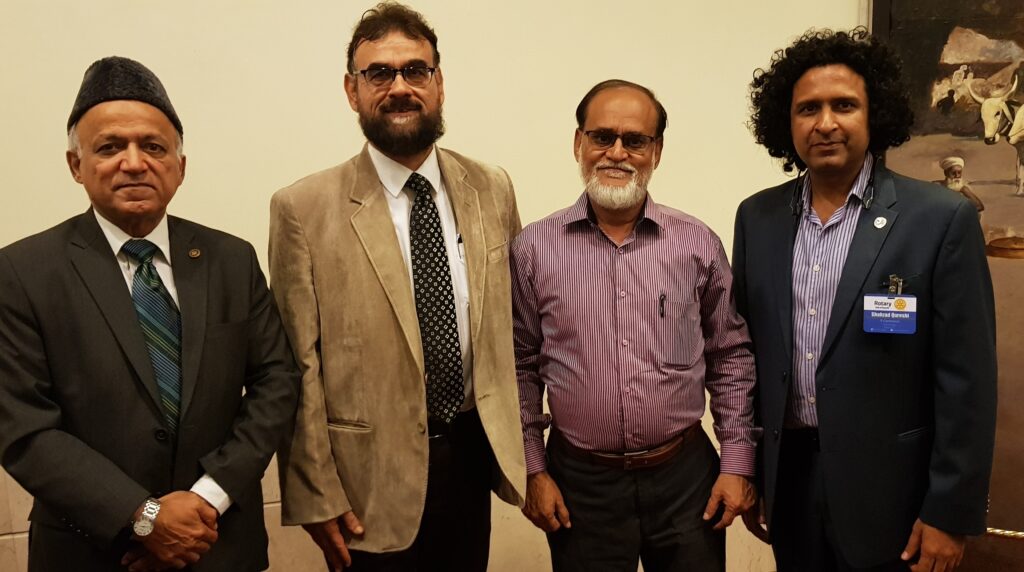




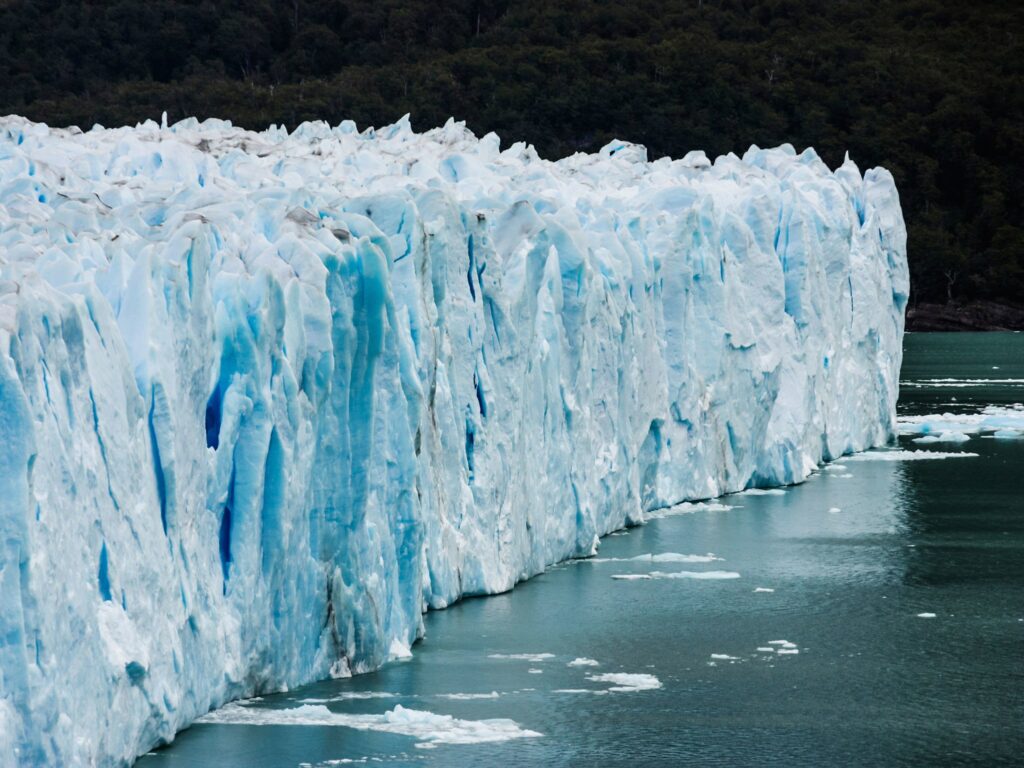



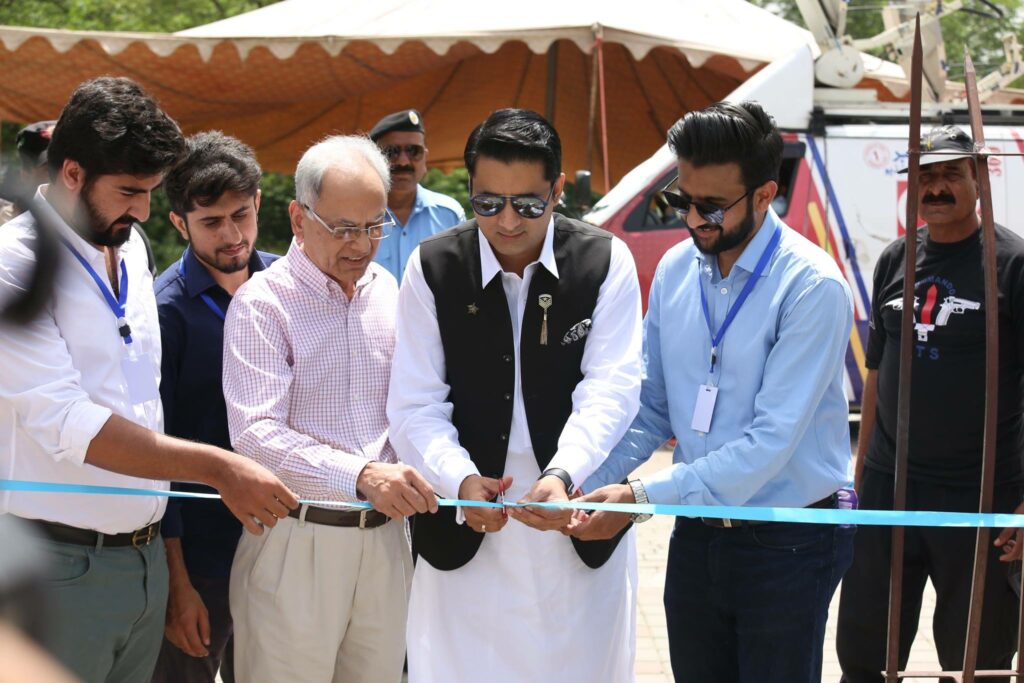

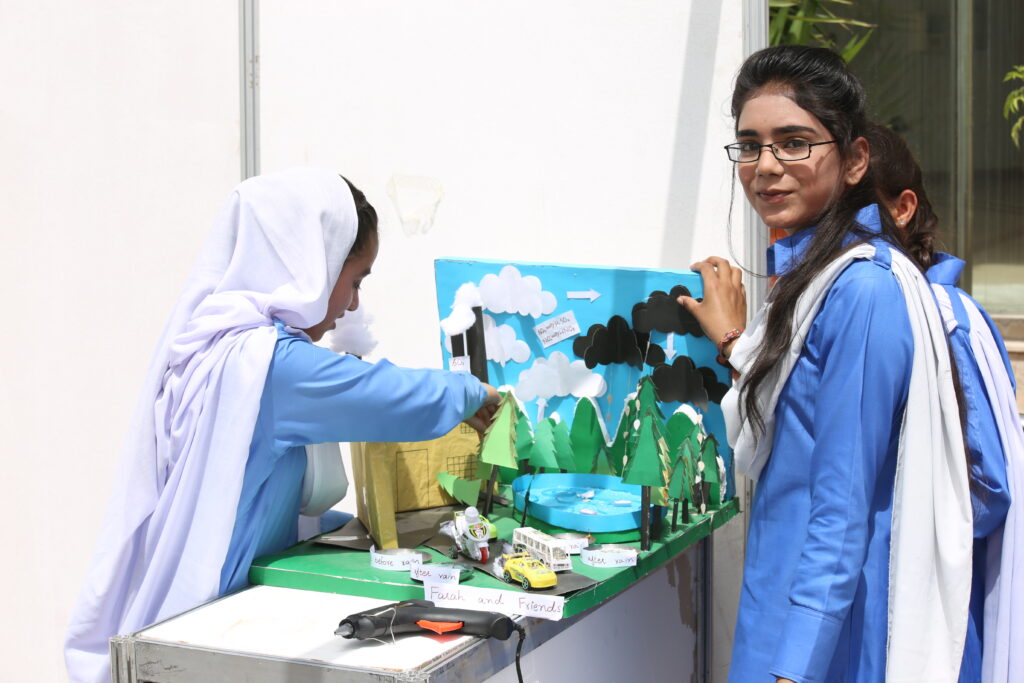
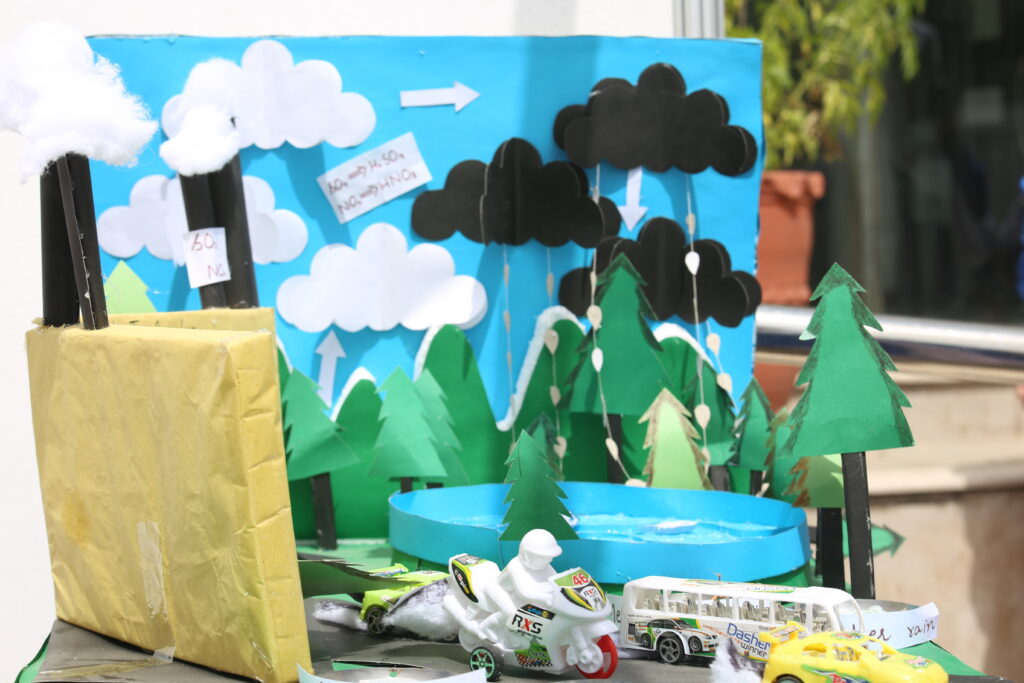

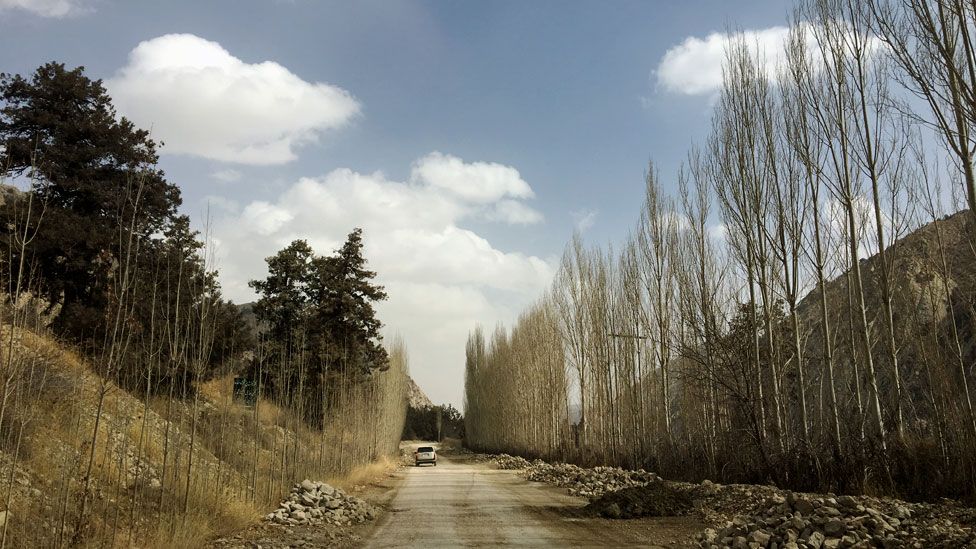









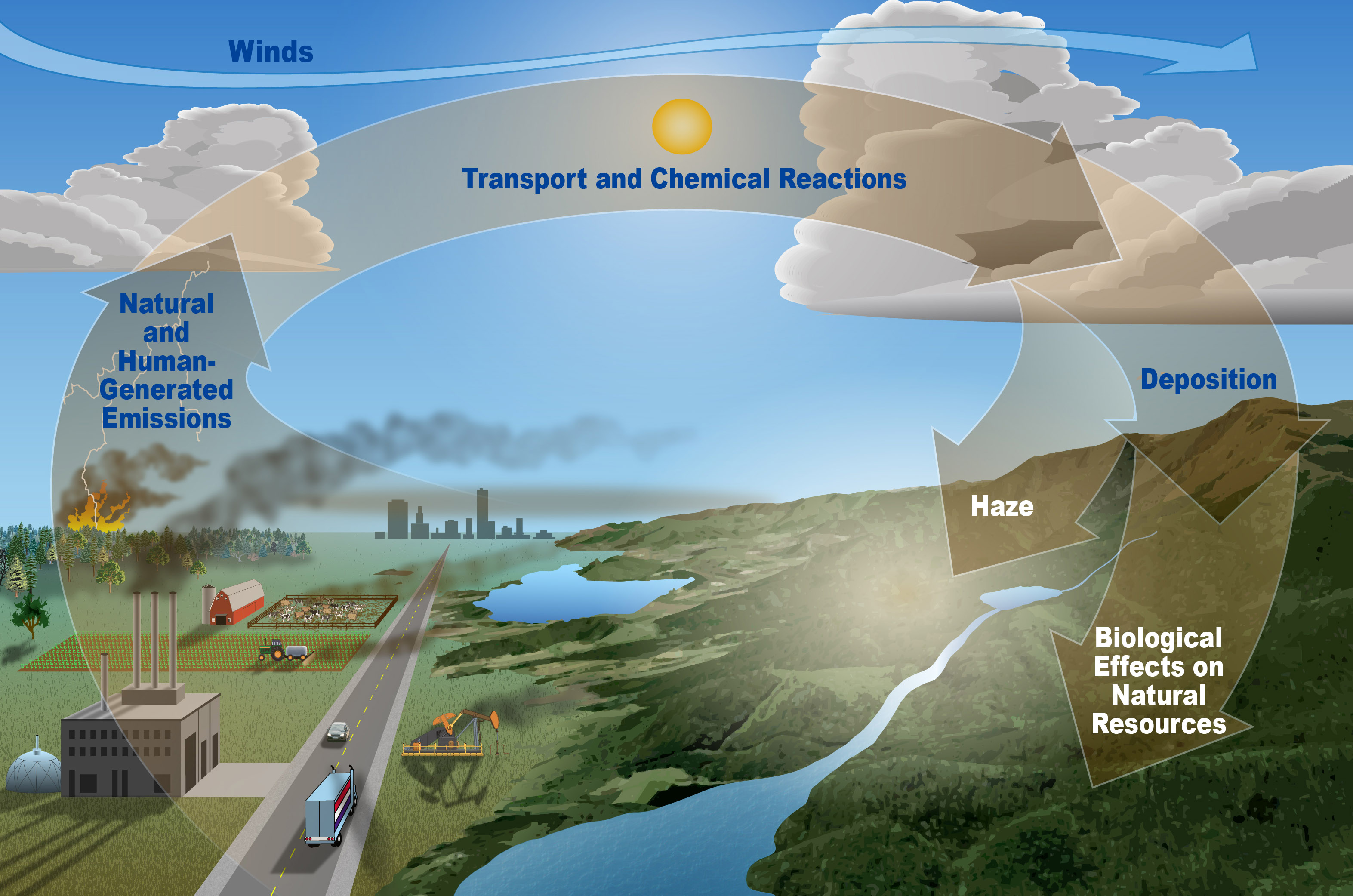

.jpg)







